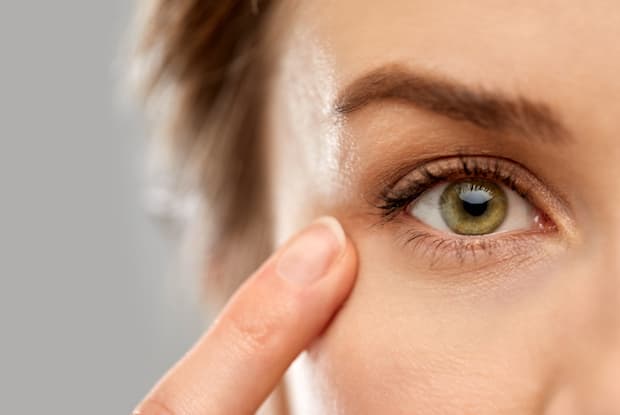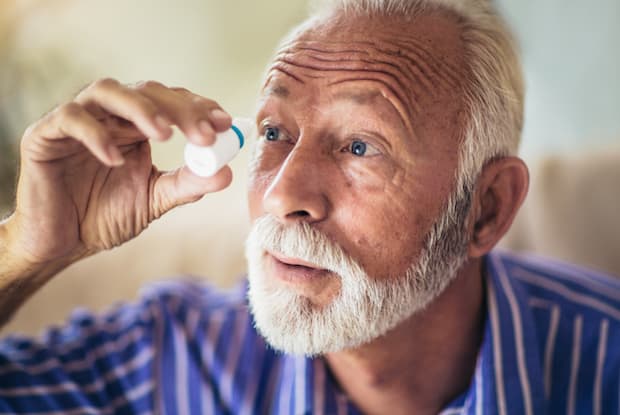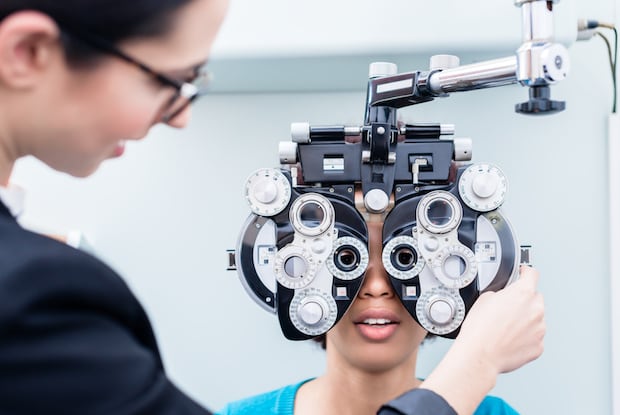Table of Contents
c. Less Common Types of Glaucoma
Glaucoma Overview
There are several types of eye conditions that can interfere with everyday life. Irritation and inflammation can occur with many eye problems and may require the use of medications like Patanol (olopatadine), Zaditor (ketotifen), and Lotemax (loteprednol). Glaucoma is a fairly common eye condition in the United States and may cause severe side effects and vision loss. Glaucoma typically occurs in those 40 years of age and older. Around three million Americans live with this eye disorder, which involves abnormally high pressure in the eye. Glaucoma is a leading cause of blindness for adults over 60 but can occur at any age.
Glaucoma can be difficult to diagnose because it often does not have any symptoms in the beginning. The eye changes occur so gradually that you will likely not notice any problems until the condition becomes serious. It is essential to see your eye doctor regularly to check your eye health and prevent vision loss. Luckily, medications like Azopt (brinzolamide) eye drops can reduce glaucoma symptoms and reduce eye pressure. Read on to learn more about the different forms of glaucoma and the effect of increased eye pressure. [1]
Glaucoma is related to increased eye pressure, but it is not the root cause of this eye disease. Glaucoma occurs when the optic nerve is damaged, which connects the eye to the brain. This nerve can deteriorate over time, making it more likely to occur in older adults. As it deteriorates, blind spots in the field of vision may become visible. Increased eye pressure can also increase nerve damage, but scientists are not sure exactly why this occurs. Eye pressure rises when eye fluid (aqueous humor) begins to rise. Typically, this fluid drains through a tissue called the trabecular meshwork at the point where the iris and cornea meet. When this fluid is being overproduced, it cannot drain out properly and increases the eye's pressure. Glaucoma is typically a genetic condition, and you are more likely to develop this eye condition if a family member also has it. [1] Glaucoma usually does not present any symptoms until the late stages. Many people call this "the sneaky thief of vision" because it occurs so slowly. The first signs of glaucoma is typically a loss of peripheral vision. Some other common symptoms can include: Glaucoma encompasses several different disorders. Certain groups of people are more likely to develop glaucoma than others. The types of glaucoma can include: This is the most common type of glaucoma, affecting 2.7 million of the three million people with this eye disorder in the United States. It may also be referred to as wide-angle glaucoma. Open-angle occurs when the trabecular meshwork (drainage mechanism) does not properly allow fluid to flow out as it should. [2] Risk factors for this type can include: Angle-closure may also be referred to as acute or chronic angle-closure or narrow-angle glaucoma. This type occurs when the space between the iris and cornea becomes too narrow. When this is too narrow, the eye cannot drain as easily and lead to a sudden buildup of eye pressure. This type is most often linked to farsightedness and cataracts (clouding of the eye's lens). [2] Risk factors for angle-closure include: Normal-tension glaucoma: This type occurs when the optic nerve becomes damaged and leads to blind spots in your vision. Normal-tension is thought to be a form of open-angle and leads to increased eye pressure. Secondary glaucoma: This type of glaucoma can be open-angle or angle-closure. Secondary glaucoma can be a result of injury, inflammation, or steroid use. Pigmentary glaucoma: This is secondary open-angle glaucoma that results in the movement of tiny bits of pigment from the iris. The iris is the colored part of the eye. When these colored bits get into the eye's fluid, they can clog the drainage canals and increase eye pressure. [2] Glaucoma tests are painless and can be performed at your yearly eye exam. Glaucoma tests are performed by administering drops to dilate or widen the eyes. They will then check the optic nerve for signs of glaucoma by performing a tonometry test. This test measures the resistance of your cornea to pressure. This can involve a machine applying light pressure to the eye for an accurate reading. [4] When it is determined you have glaucoma, you may be prescribed medications like Azopt (brinzolamide) to treat high pressure inside the eye. This drug is available in eye drops and helps decrease the amount of fluid within the eye. Azopt eye drops are carbonic anhydrase inhibitors. It is essential to remove contact lenses before applying eye drops and wait at least 10 minutes before applying other medications. Your doctor will prescribe the best medication for you. [5] The content in this article is intended for informational purposes only. This website does not provide medical advice. In all circumstances, you should always seek the advice of your physician and/or other qualified health professionals(s) for drug, medical condition, or treatment advice. The content provided on this website is not a substitute for professional medical advice, diagnosis, or treatment.
Why Does Glaucoma Occur?
Symptoms of Glaucoma
Types of Glaucoma
a. Open-Angle

b. Angle-Closure
c. Less Common Types of Glaucoma

Diagnosis and Treatment
